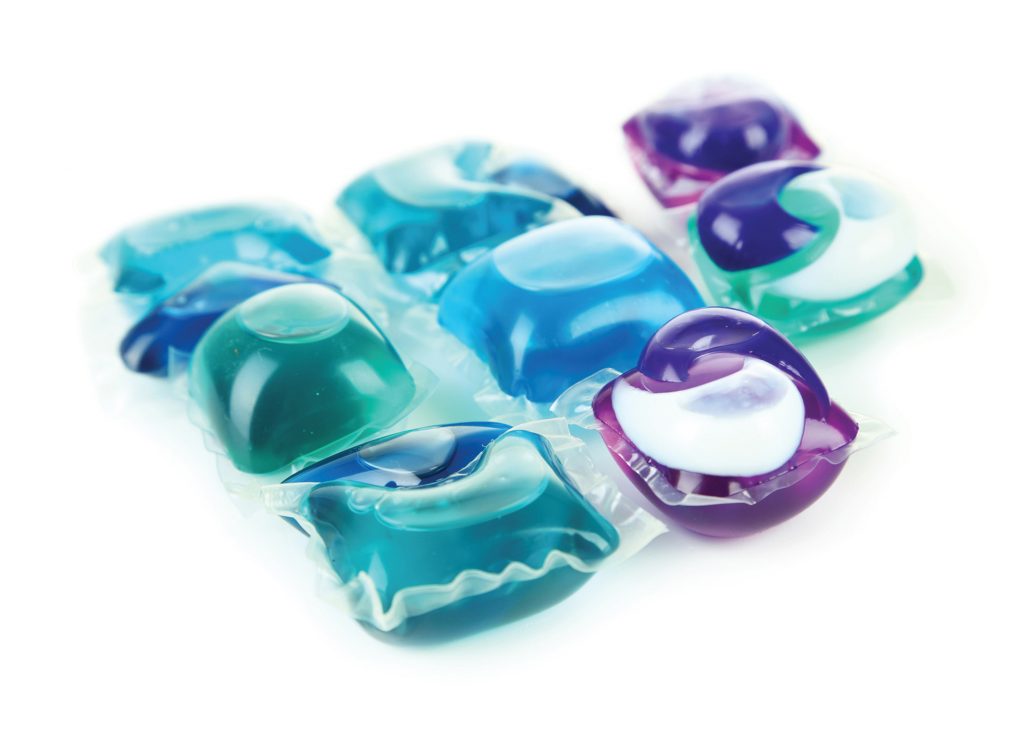[[data.name.value]]
[[metadata.defaultData.name]]
[[data.title.value]],
[[metadata.defaultData.title]],
[[data.company.value]]
[[metadata.defaultData.company]]

What Are the Materials Commonly Used to Make Water-Soluble Film
The use of ecologically safe and adaptable water-soluble film has grown across a number of sectors. Its special ability to dissolve in water makes it the perfect option for applications where ease, safety, and sustainability are crucial requirements. In this article, we'll look at the properties of the materials that are often used to create water-soluble film.

Polyvinyl Alcohol (PVA):
PVA, commonly known as polyvinyl alcohol, is one of the most often used polymers for making water-soluble film. A synthetic polymer made from vinyl acetate is called PVA. It is a popular option for applications including laundry detergent pods, agrochemical packaging, and personal care products due to its great water solubility and biodegradability. PVA films have high tensile strength, are translucent, and are flexible.
Polyvinylpyrrolidone (PVP):
Another typical component used in the creation of water-soluble film is polyvinylpyrrolidone, or PVP. PVP is a synthetic polymer with great water solubility and outstanding film-forming capabilities. It is often used in settings like pharmaceutical packaging, where it may be utilized to contain dosages of medicine that are readily dissolved in water before intake. PVP films have strong barrier qualities and are non-toxic.
Hydroxypropyl Methylcellulose (HPMC):
A cellulose-based polymer called hydroxypropyl methylcellulose, or HPMC, is widely used to make water-soluble film. HPMC is made from cotton or wood pulp and is renowned for being non-toxic and biocompatible. It is often used in situations like food packing, when the film may disintegrate in the presence of moisture or while the item is being prepared. HPMC films are flexible and resistant to moisture.
Polyethylene Oxide (PEO):
Water-soluble polymer polyethylene oxide, sometimes referred to as PEO or polyethylene glycol, is utilized in the creation of water-soluble film. PEO is often utilized in applications like agricultural films and water treatment because of its great solubility in water. PEO films are odorless, translucent, and have a high tensile strength.
Other Additives:
Water-soluble films may include additional additives in addition to the primary polymer components to improve their functionality. To increase flexibility, plasticizers are often used, and anti-blocking chemicals stop film adherence. For certain uses, colorants and UV stabilizers may also be added.
To acquire particular qualities needed for diverse applications, the components indicated above may be mixed in a variety of ratios and formulas. Based on the desired purpose, manufacturers may modify the film's properties, such as its dissolving rate, mechanical strength, and thickness.
Consider their experience, quality standards, and dedication to sustainable methods while searching for water soluble film suppliers.
Conclusion
For many sectors, water-soluble films provide a practical and sustainable alternative. These movies help reduce waste and the negative effects on the environment. The success and environmental awareness of your goods and applications may be guaranteed by making an investment in high-quality water-soluble films from reputable providers.
Read more
Read less
[[ metadata.translations.contactme ]]